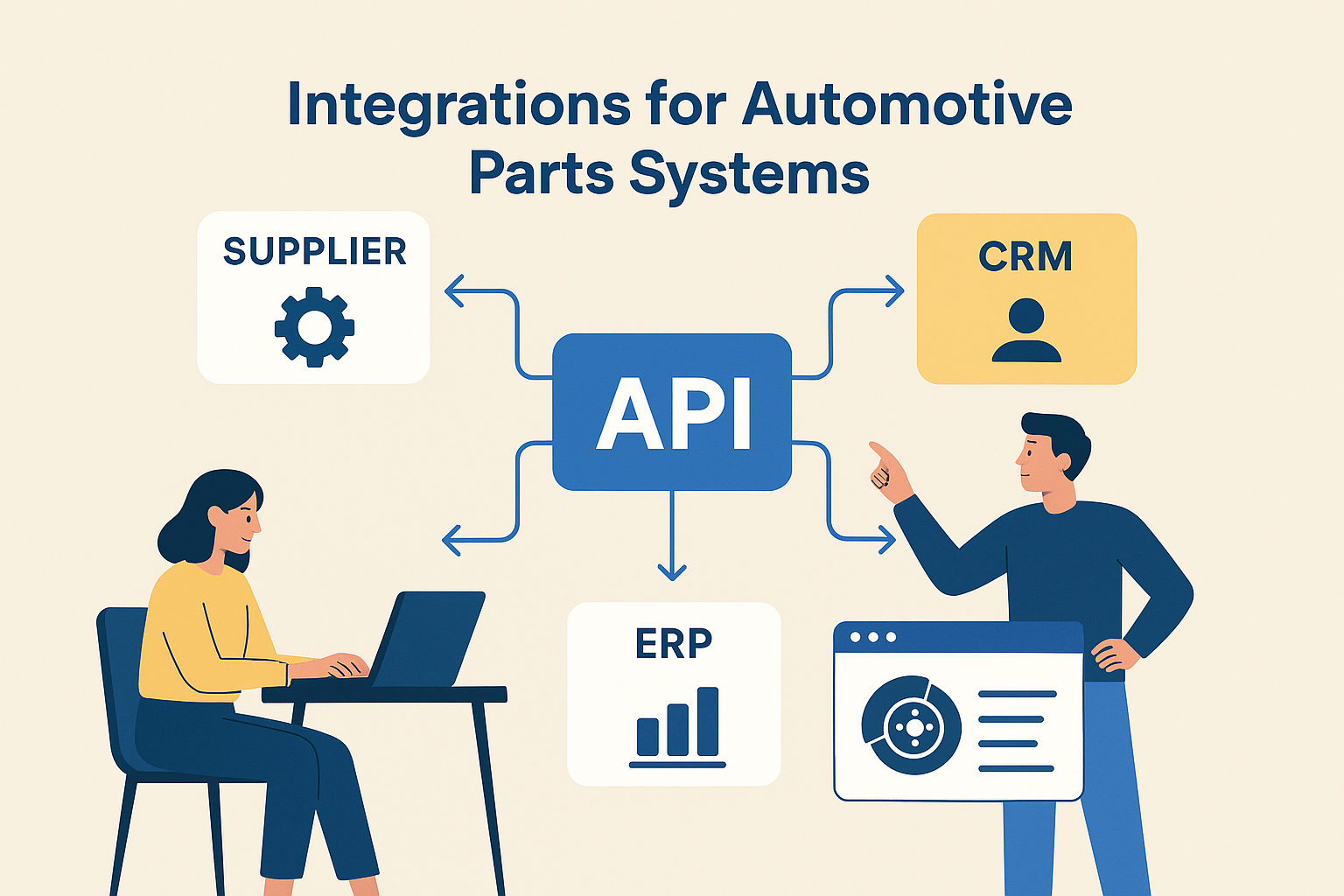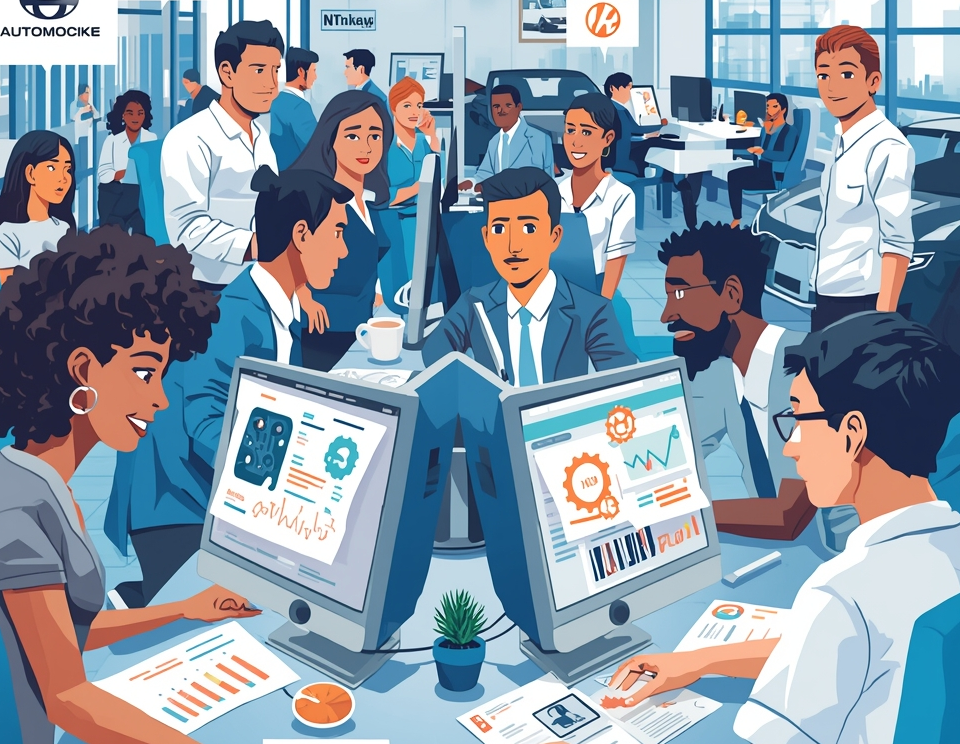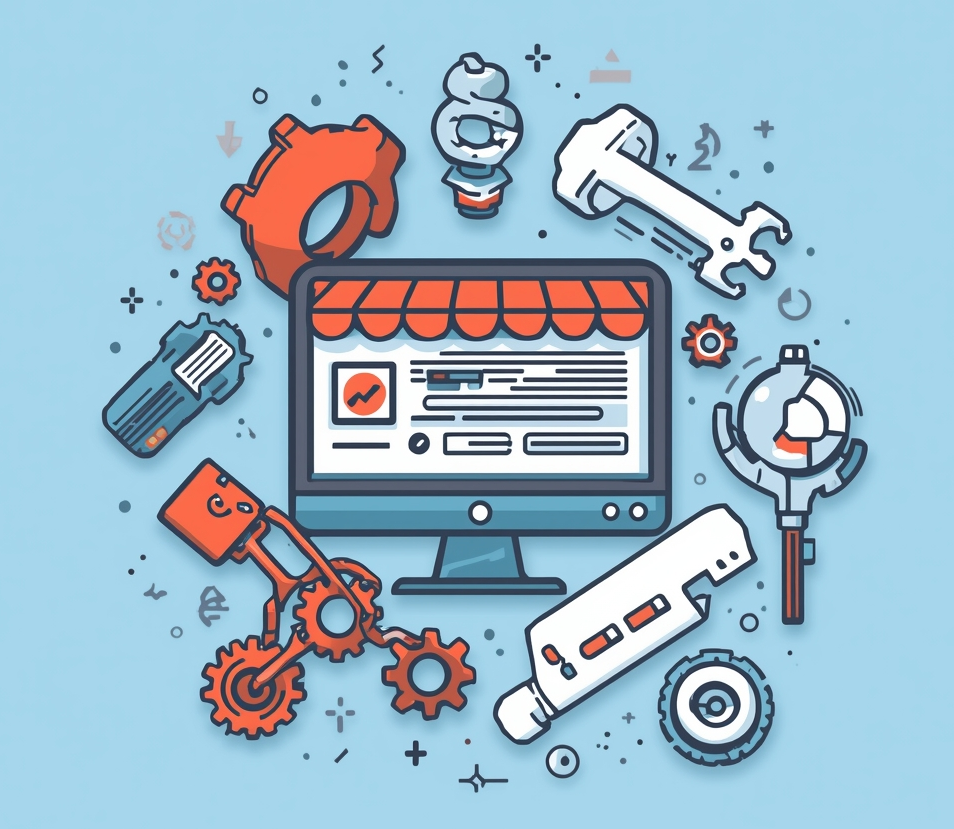What should a business plan for an auto parts store include?
Complete sample business plan for auto parts store with financial calculations, staffing requirements, inventory planning, and ROI projections. Ready-to-use template.
Auto Parts Store Business Plan: Comprehensive Sample Template
The auto parts business remains profitable even during economic challenges, as vehicle owners prioritize repairs over new purchases when budgets are tight. Starting an auto parts store requires careful planning and financial forecasting to ensure success. This sample business plan provides a realistic framework that can be customized for your specific market conditions and business goals.
Key Planning Considerations
Before launching your auto parts business, address these critical questions:
- Product Assortment Strategy - Core parts selection and expansion opportunities
- Revenue Projections and Payback Period - Financial viability assessment
- Staffing Requirements - Team composition and expertise needs
- Taxation System Selection - Optimal legal structure for your business
- Location and Facility Requirements - Physical space and accessibility factors
Product Assortment and Revenue Optimization
While focusing on core auto parts, consider expanding into complementary categories:
- Automotive chemicals and cosmetics
- Car accessories and customization items
- Automotive souvenirs and gifts
- Tools and repair equipment
- Performance enhancement products
Staffing Structure and Expertise
Recommended team composition for a medium-sized store:
- Store Manager/Director - Overall operations and strategy
- Three Sales Consultants - Customer service and technical advice
- Accountant - In-house or outsourced financial management
Legal Structure and Taxation
Recommended Approach:
- Individual Entrepreneurship - Simplest registration process
- Limited Liability Company - Better for partnership or investment scenarios
- Unified Tax System - Simplified taxation preferred by many auto parts retailers
Location Strategy and Facility Requirements
Optimal location characteristics:
- Proximity to garage cooperatives, service stations, or car washes
- Minimum 45 square meters of retail space
- Adequate parking facilities
- Good transportation access and visibility
- Potential to attract customers to developing areas
Startup Investment Breakdown
- Six Months Rent - $6,000 (covers initial unprofitable period)
- Store Renovation and Furniture - $4,000
- Two Months Payroll Reserve - $6,000
- Initial Inventory Purchase - $8,000 monthly
- Marketing and Advertising - $3,000
- Utility Deposits and Initial Payments - Included in operational reserve
Financial Projections and ROI
- Payback Period - 12-18 months
- Monthly Revenue Range - $15,000 - $28,000
- Gross Margin - Typically 30-50% depending on product mix
- Break-even Point - Achieved within first 6 months
Implementation Timeline
- Month 1-2 - Legal registration, location selection, supplier agreements
- Month 2-3 - Store setup, staff hiring, initial inventory procurement
- Month 3-4 - Marketing launch, soft opening, system testing
- Month 4-6 - Full operations, performance monitoring, strategy adjustment
This business plan template provides a solid foundation for launching a successful auto parts store. By carefully executing each phase and maintaining financial discipline, entrepreneurs can build a profitable automotive retail business with strong growth potential in both online and offline channels.








